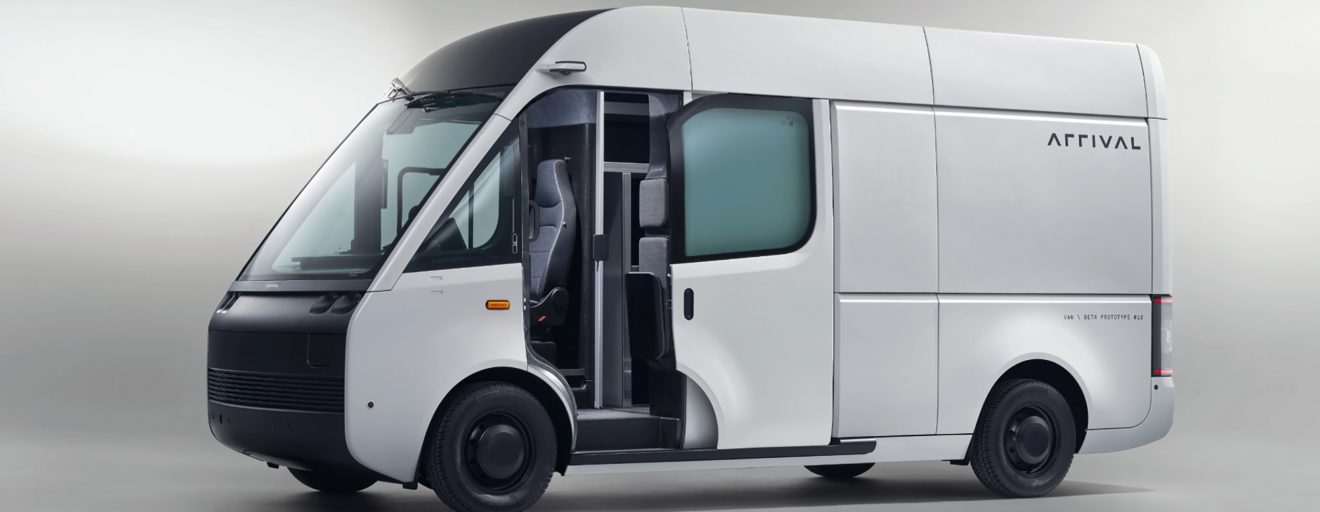
I began investigating EV route optimisation as, at the time, there were no commercial offerings that were tuned to how these vehicles were being used; primarily, one or two trial vehicles would be deployed into an existing fleet of diesel vehicles.
To make the best use of the EVs, the fleet routing solution could optimise all orders for the fleet, prioritising the EVs to ensure they are always used. This required a mixed optimisation strategy:
- EV vehicles are limited by range
- IC vehicles are limited by driver hours.
I then looked at how to maximise EV routing accuracy by adding elevation data to the road network so that link cost can factor in elevation changes to find the lowest energy routes and provide the data needed to factor in future regeneration charging in downhill driving.
The primary new feature was the recharge scheduling to automatically plan the driver’s break at a charge point compatible with the vehicle and belonging to a charging network the vehicle had permission to use.
Features
- The 3D road network route planner engine is optimised for electric vehicle routing.
- Mixed fleet with user-definable priority per vehicle.
- Comprehensive rule engine to match the best vehicle to the order.
- Configurable driver rest breaks, including EU tacho breaks and the UK working time directive, are automatically scheduled at compatible EV charge points.
- Built a database of charge points, including commercial networks, power plug type, and charge KW/H rate to model recharge stops within the route correctly.
- Supports per-fleet charge station networks to limit usable charge points to those covered by the fleet charge point subscriptions.
- Opportunistic recharge scheduling mode to maximize vehicle utilization with minimum mid-route charge time.
- A range of battery chemistries was modelled to optimize mid-route charge scheduling.
- MET office weather integration to automatically reduce the range of vehicles
- utilizing battery chemistry impacted by ambient temperature.
- Vehicle battery life degradation modelling over time to adjust individual vehicle range and mid-route charge schedule.
Demonstration
API
 Loading…
Loading…
